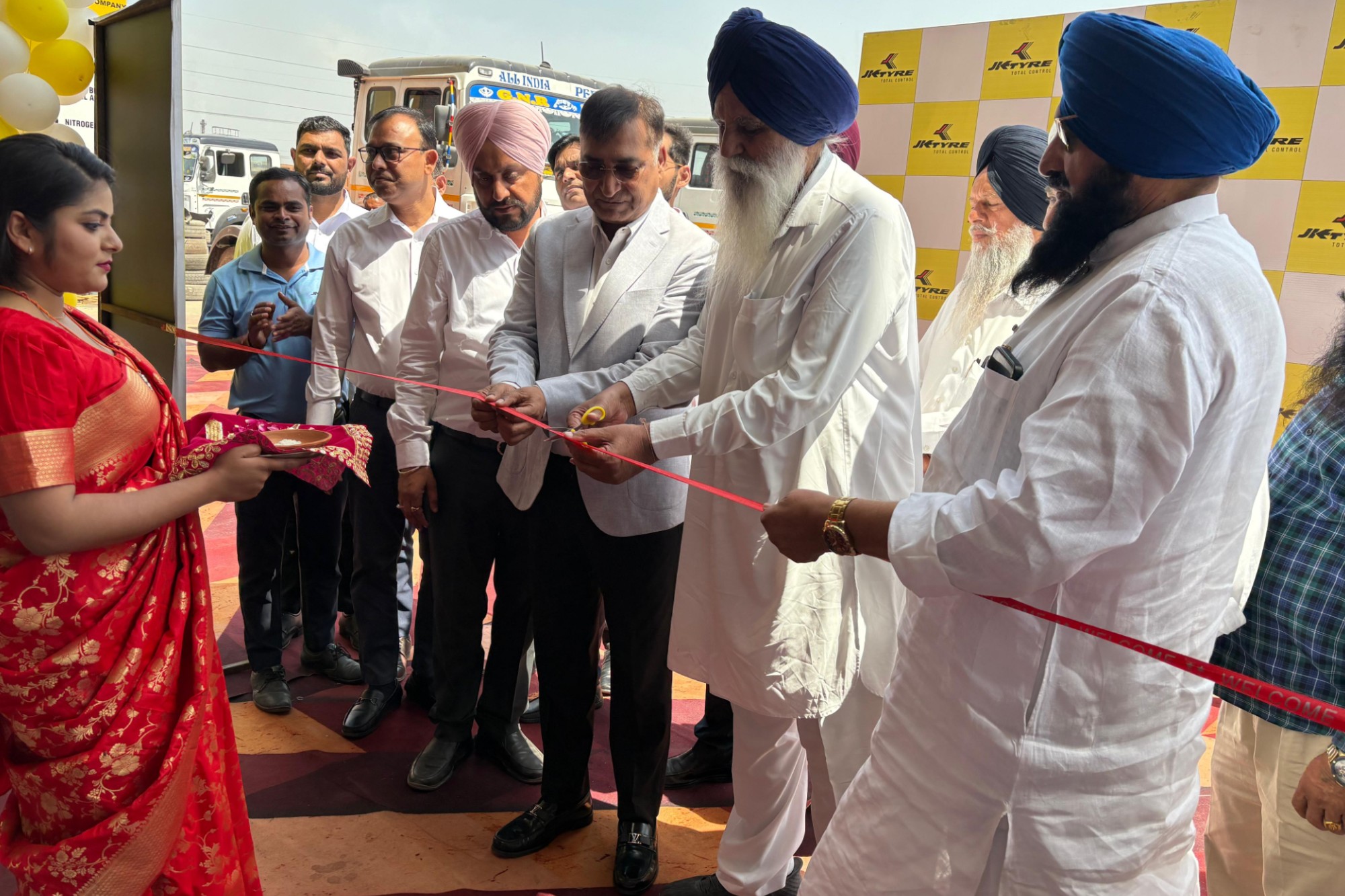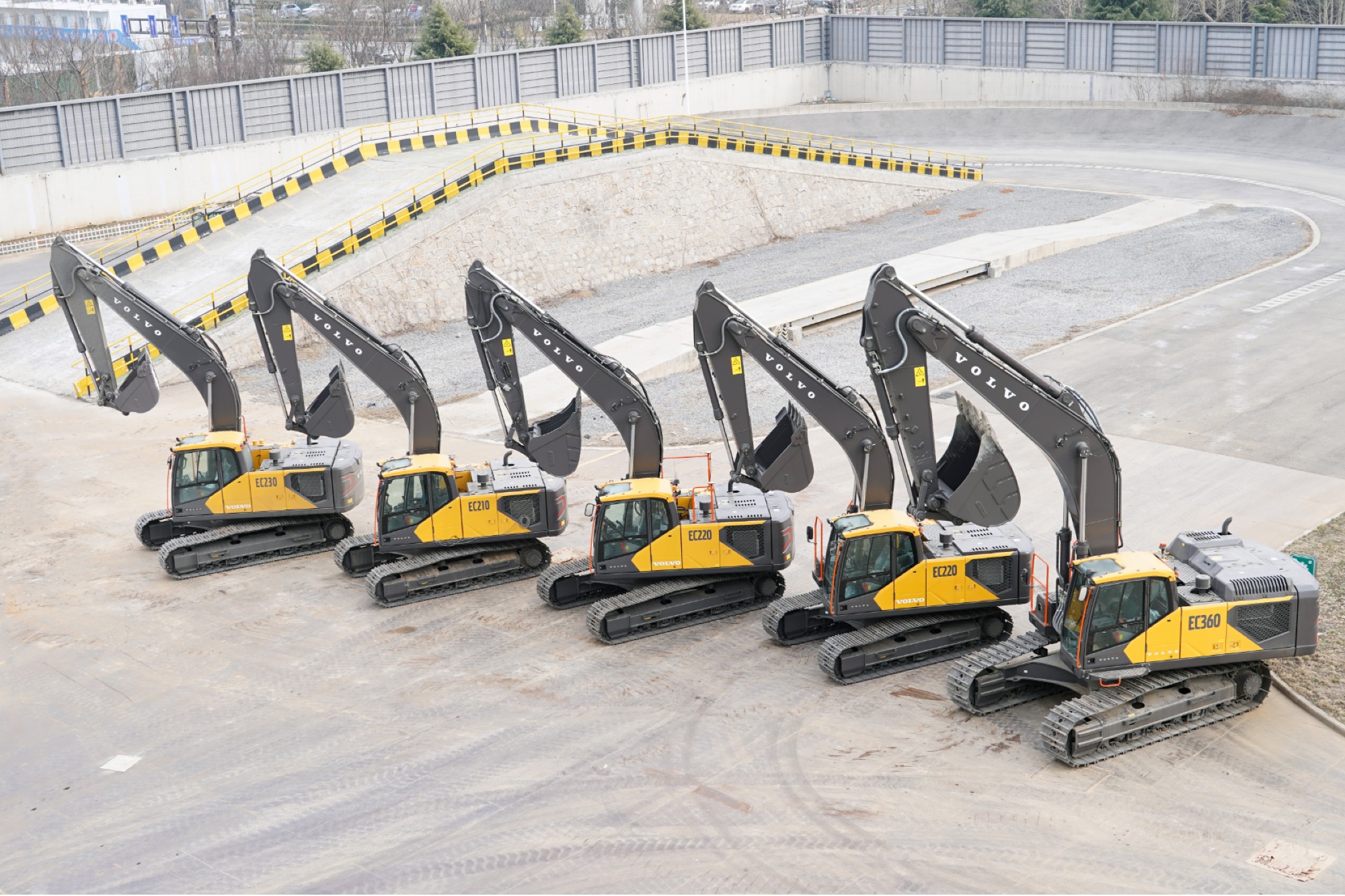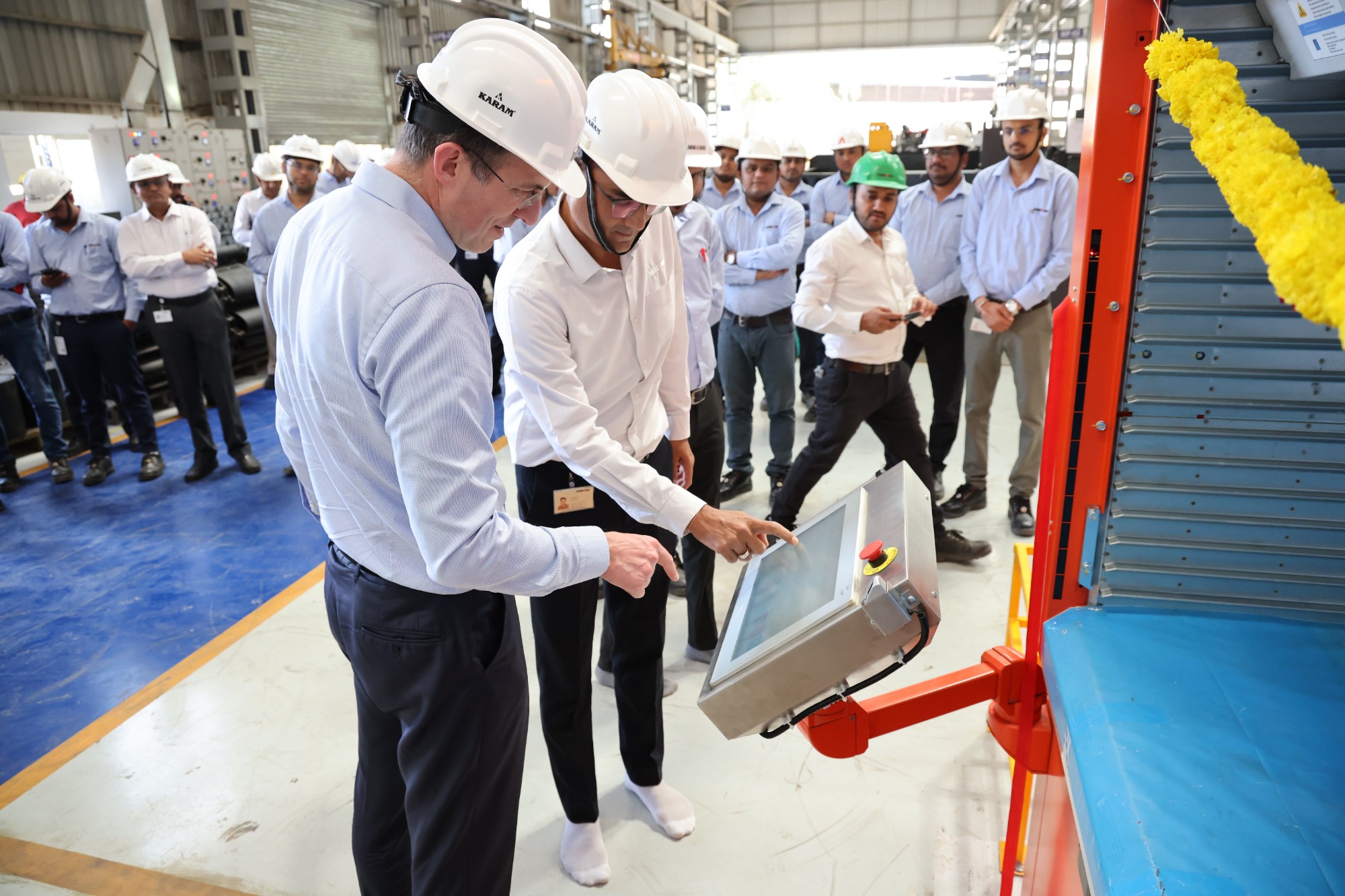Procurement management follows logical order
By Edit Team | November 5, 2018 6:50 am SHARE

Effective procurement management adds value to the construction and manufacturing industry by making purchase of items from suppliers more lucrative. Planning and organisation is key to adding more value to the process of procurement. However, the process follows a logical order.
“First, you plan what you need to contract, then plan how to do it. Next, send out your contract requirements to sellers. Once the contract is signed and the work begins, you monitor it to ensure the contract is being followed. When the work is done, you close out the contract and fill out all the paperwork,” says Jayesh Vadukiya, Managing Director, New Age Construction Equipment Engineering Co.
The procurement management plan details how the process will be managed. It includes the types of contracts you plan to use and any metrics that will be used to measure the contractors’ performance, the planned delivery dates for the work or products you are contracting, the company’s standard documents you will use, among other pieces of information.
Price communicates value
The more expensive a product or service is, the more valuable people often perceive it to be. By setting a high price, marketers communicate that the offering gives proportionate value.
Prices affect profits fast
Price is the most important lever in any business. “Subtle changes to pricing strategy impact margins quickly, and thus, is your go-to strategy for quick but sustainable growth,” he says.
Strategic prices increase customer base
“Lower prices can draw in new prospects, convincing them to leave competitors. However, ‘getting in’ is not the same as ‘staying in’,” he said. You have to work to prove your value to them following that initial purchase. Otherwise, they would not stick around once prices raise to a more profitable level. That would make the low-price efforts useless.
Strategic prices kick unprofitable customers to the curb
Customers who leave at the first offer of a lower price aren’t worth the effort. Chasing after them takes time and resources. Once you finally get them, you make lower margins on them, because you’re forced to give them a good deal to keep them around. It’s exhausting and rarely worth the chase.
Mindful pricing keeps business on toes
Prices can never be just set and forgotten. The marketing team should always be thinking of its next move. The postal service uses some of the most advanced mail processing technologies in the world. These enhanced network systems enable to provide customers with better data and ways of using the mail, with customers getting smarter about using mail with smarter systems.
Among the technology-enabled solutions released this year were simplified full-service requirements for drop-shipments and customer supplier agreements.
“We are giving customers better information regarding their full-service mailings, including better reports and data we collect about mailpieces and containers. We’re also offering seamless entry that enables business customers to drop off their mail through streamlined, automated processes,” he said.
The company’s goal is to create a stronger, profitable postal service. And building a leaner, faster and smarter operational network is critical to achieving that goal.
Procurement efficiency
“Procurement is most effective when the roles of users, suppliers and management are aligned with the strategic direction of an organisation,” said Vadukiya.
A CPO or CFO should foster an environment where procurement policies are adopted throughout an organisation to develop spend saving and cost-effective results to an organisation.
Procurement reduces costs while obtaining the items a company needs, so think before making a purchase. Build virtuous supplier relationships, expand network, use analytical skills to make the right decisions, sharpen negotiating skills, think globally and move forward with technology.
Prime Minister Narendra Modi launched the Make in India initiative to make India a global manufacturing hub, by encouraging both multinational as well as domestic companies to manufacture their products there. The government is introducing several reforms to create possibilities for getting foreign direct investment (FDI) and foster business partnerships. Some initiatives have already been undertaken to guard the business environment against outdated policies and regulations. The reform is also aligned with parameters of World Bank’s ‘Ease of Doing Business’ index to improve India’s ranking on it.
Infrastructure is integral to the growth of any industry. The government intends to develop industrial corridors and build smart cities with state-of-the-art technology and high-speed communication. Innovation and research activities are supported by a fast-paced registration system and improved infrastructure for Intellectual Property Rights (IPR) registrations. Along with the development of infrastructure, training for the skilled workforce for the sectors is also being addressed.
Subtle changes to pricing strategy impact margins quickly, and thus is your go-to strategy for quick but sustainable growth.
Jayesh Vadukiya, Managing Director, New Age Construction Equipment Engineering Co.
Cookie Consent
We use cookies to personalize your experience. By continuing to visit this website you agree to our Terms & Conditions, Privacy Policy and Cookie Policy.





















































